 You're driving through the winding back roads of Tuscany and suddenly you find you're at the top of a hill looking out to an amazing vista. There is one solitary tree with a rusting, forgotten bicycle leaning against it. Nature has taken over, covering it with vines and wildflowers. Birds are using it as a temporary perch as they look for their next meal buzzing by... If you have an old, wreck of a bicycle, you can bring some of this romantic feeling into your garden, creating a two-wheeled, flower planter. During normal times, when there are no stay-at-home orders and no corona virus to contend with, you could look for a rusty old cycle at garage sales and flea markets. But if you take occasional "lost drives" (as my son and I do just to get out of the house for a hour or so), you just might see an appropriate bicycle tossed away for trash at the curbside, as I did during the last week during one of our short excursions. We saw two such throwaway bikes. What else do people have to do nowadays but clean out their garages and sheds? Spray paint it red, yellow or a striking blue--tires too! If it's rusty enough, just leave it as is. Use old baskets, bins, wooden boxes or even paint cans attached to the front and rear wheel racks, line them with plastic trash bags with holes punched in for drainage. For an authentic, Italian look, use old wooden fruit boxes and paint Italian words like "fiore", "il giardino" or "bicicletta" or "Villa (your surname)" on the sides. Fill with planting soil and a teaspoon of Soil Moist with lots of trailing plants, like sweet potato vine, and flowers, such as begonias, geranium, zinnia or marigold in a variety of colors. The Soil Moist will retain water as its crystals swell up like little gelatin water sacs, allowing you to water less often. Don't forget to feed with a fertilizer high in potassium (for flower production). Lean your cycle-garden against your mailbox or lamppost, against a stone wall or tree, or hang it on the wall of your she-shed or on a rustic fence. Keep in mind that Italian gardeners are opportunistic, turning all sorts of things into planters (in one case I know, an old cement mixer) and planting every inch of their often small spaces. If you take this same attitude, you can add some Italian flavor to your own Giardino di Villa... Happy Planting! #wewillgetthroughthis #forzaitalia #italianstyle #gardening #italiangardens --Jerry Finzi
2 Comments
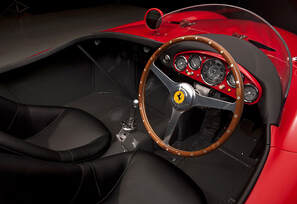 You can see this beautiful car in the 1959 Stanley Kramer classic film, On the Beach, a film about a world wide nuclear war. Toward the end of the film, actor Fred Astaire races down the road in his 1955 Ferrari 750 Monza Spyder... The asking price in 1955 for this limited edition Ferrari was about $7000. Recently, they can fetch over $5 million! The 750 Monza was designed by Dino Ferrari; only thirty-one were made, between 1954 and 1955. The Ferrari 750 Monza Spider is one of the wonders created by an artist who according to legend was able, in just a few minutes, to turn a sheet of aluminum into a perfectly smooth egg. Modena-born Sergio Scaglietti (1920-2011) – who in his youth had repaired countless car bumpers working as a tinsmith – used his hammer with the lightness and precision of a surgeon with a scalpel. In 1939, Enzo Ferrari – the founder of the world-renowned automobile company in Maranello – met Scaglietti and was immediately struck by his talent. A long collaboration and friendship began, with the artist-tinsmith creating some of Ferrari’s most beautiful cars throughout the 1950s, 1960s, and 1970s (including the iconic “Testa Rossa”). 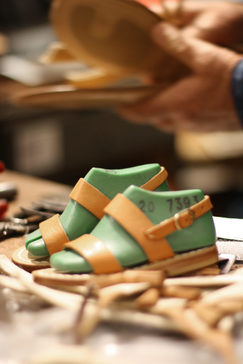 When Voyaging in Campania, one of the best things a woman can bring back is custom made sandals from Capri, Sorrento, Positano, Amalfi (town) or Ravello. While these sandali artigianali shops will have ready-to-wear models, it's more fun to have them make a pattern of your feet, walk around town for a while, and when you return you'll have exactly what you wanted, custom-sized to your feet. They also offer more affordable ready-made soles which can be trimmed out to your personal taste. They have a wide variety of lacing and decorative trimmings, such as Swarovski crystals. 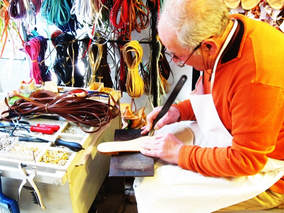 In Capri, arguably the most well-known shop is Canfora (where decades ago, Jackie Kennedy bought hers), although other sandal shops dot the towns of Marina Grande and Ancapri. Keep in mind that the prices for custom sandals in Capri are generally higher than shops in towns along the Amalfi Coast. Sorrento also has many shops, including Sandali Corcione on Corso Italia. In Positano, one of the more popular shops for sandals is Safari, with Nana a close second. --GVI 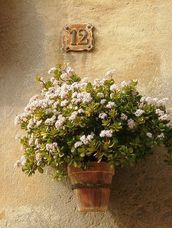 A white flowering sedum A white flowering sedum Whether you're Voyaging through Tuscany, Lazio, Campania, Puglia or Sicily, you will inevitably come across the most beautiful floral displays in hanging wall pot gardens. The kaleidoscope of colors is often dizzying, and the collection of interestingly shaped terracotta pots along with the texture of old stone walls only add interest. Although many plants are hung in more common hanging baskets from metal arm brackets or on balconies, the unusual thing for Americans to see is pots hanging directly on the walls of houses. And it's not just one pot but often dozens creating texture and color on the side of a home. It's easy to get this look in your home garden, if you use the right brackets and choose plants carefully. 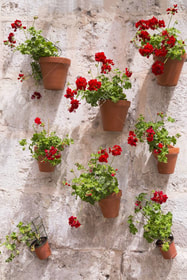 Geraniums are one of the more common plants you will see on walls and balconies in Italy. They continue to bloom until frost arrives. In southern Italy, the plant continues to thrive and bloom year-round. Able to grow in most soil types, geraniums have few problems and will give even more blooms by picking off spent blooms and keeping the plant fertilized, so don't plant them too high. 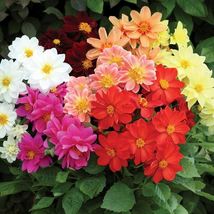 Dahlias grow from tubers that must be dug up and stored during very cold winters. They come in a kaleidoscope of colors with the shorter varieties doing very well in pots (they love well drained soil). Just don't let them dry out repeatedly and remember to regularly fertilize during the growing season. 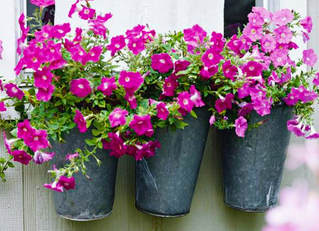 Petunias grow very well in hanging pots, especially the trailing types. They will need water every day, lots of fertilizer and benefit (like most annual flowering plants) from pinching off the dead blooms (which prevents them from going to seed, which takes energy from the flowering process). And don't forget to plant some Calibrachoa, which look like small petunias but are a different genus. Like petunias, they come in a wide range of colors. 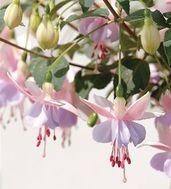 Fuchsia is a wonderfully varied flower to grow in wall pots, its bell shaped pods dangling and opening to reveal a very complex flower shape. They come in many different types... from pastels to powerful blues and reds, some ruffly and others like delicate butterflies. And if you want to attract hummingbirds, this is the flower to grow. If you cook with herbs (as any good Italian does), planting some of your favorite herbs in your hanging wall garden is a great option. Many herbs require good drainage and soil that's not too high in nutrients, like sage, thyme, or oregano. The wall is a perfect environment, in fact, many herbs in Italy grow naturally in cracks in craggy walls. Since mint is usually a runner, often turning into a garden weed, growing it up on your wall is a great way to control its rambunctiousness. For things like basil or parsley, which need more nitrogen (for leaf growth) and water, plant them in a richer, water retaining soil. You can even add some Soil Moist water retention crystals to your soil mix. Plant these pots lower down so you can easily snip what you need before preparing dinner. Growing Tips
If you don't have a sunny wall or expensive terracotta or ceramic wall pots, be creative --use a fence or put your plants in other things that can make a fun plant container. Here are some hanging pots, brackets and other things to get you started. Click on each photo to see them on Amazon. --GVI
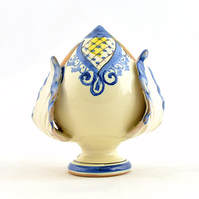 When Voyaging throughout Puglia, you might start seeing colorful ceramic flower buds or pine cones displayed on balconies, lined up on staircases or in gardens. You will see them for sale in gift shops and ceramic shops in most towns you visit. But what are they? Do they have a spiritual meaning? 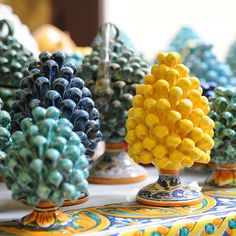 They are called Pumi di Grottaglie, primarily made in the town of Grottaglie (a hub of ceramic production). They represent flower buds (or rose hips) with their pointed bud-shaped design with acanthus leaves surrounding the base. The form can also look more like pine cones, with many points surrounding its form. Pumi are made in all sorts of colorful glazes--even metallic gold. Others will be painted in complex floral designs popular in Mezzogiorno (the South). Still others can be decorated with a lacework of holes, to be used as candle holders, lamps or incense burners. 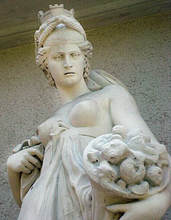 The term pumo comes from the Latin pomum (fruit) and is said to have its roots in honoring the pagan goddess Pomona, deity of fruit, olives and grapes. In some areas of Puglia these ceramics are called Pumo de fiure (flower bud). They represent life about to burst open and flourish--symbols of abundance of the land and of birth itself, but also of prosperity, chastity, immortality and resurrection. In common use, they are put on balconies and into homes to ward off evil and Il Malocchio, or the evil eye. If you're ever in Puglia, bring a Pumo back to keep your home safe. With the multitude of colors and styles to choose from, you will certainly find one (or several) to compliment your decor. In the least, bring home a pair to attach to your own balcony or front steps to keep away the evil spirits... --GVI A ceramic artisan showing how a pulo is thrown on the pottery wheel. A wonderful short film called Il Pumo, in which a young displaced Pugliese
decides to return to the land of his forefathers after being inspired by the story and his purchase of a Pumo. |
On Amazon:
|

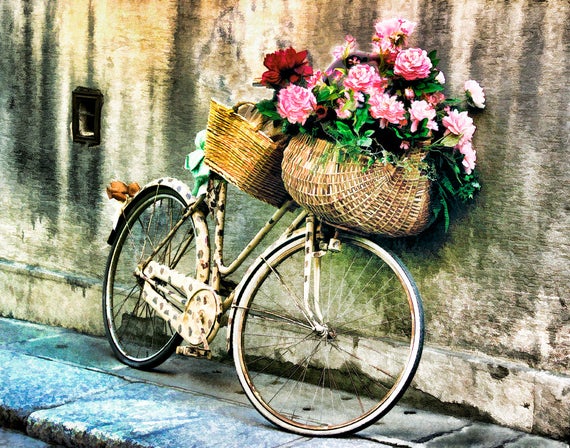

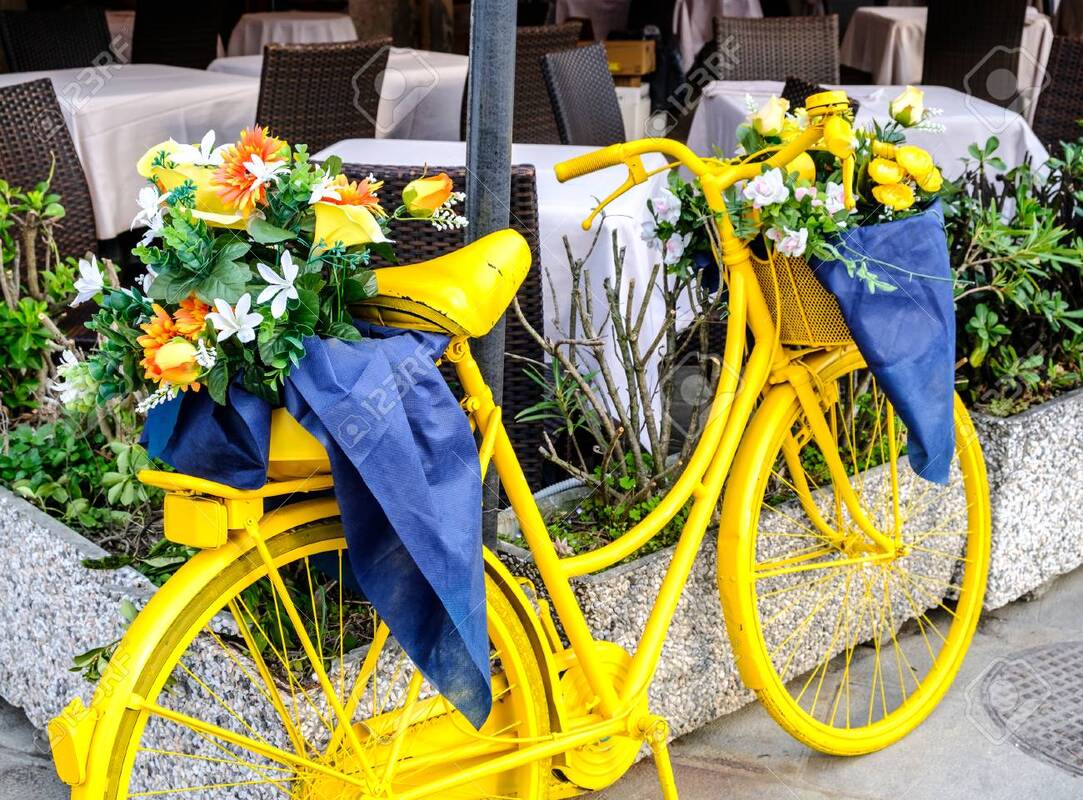
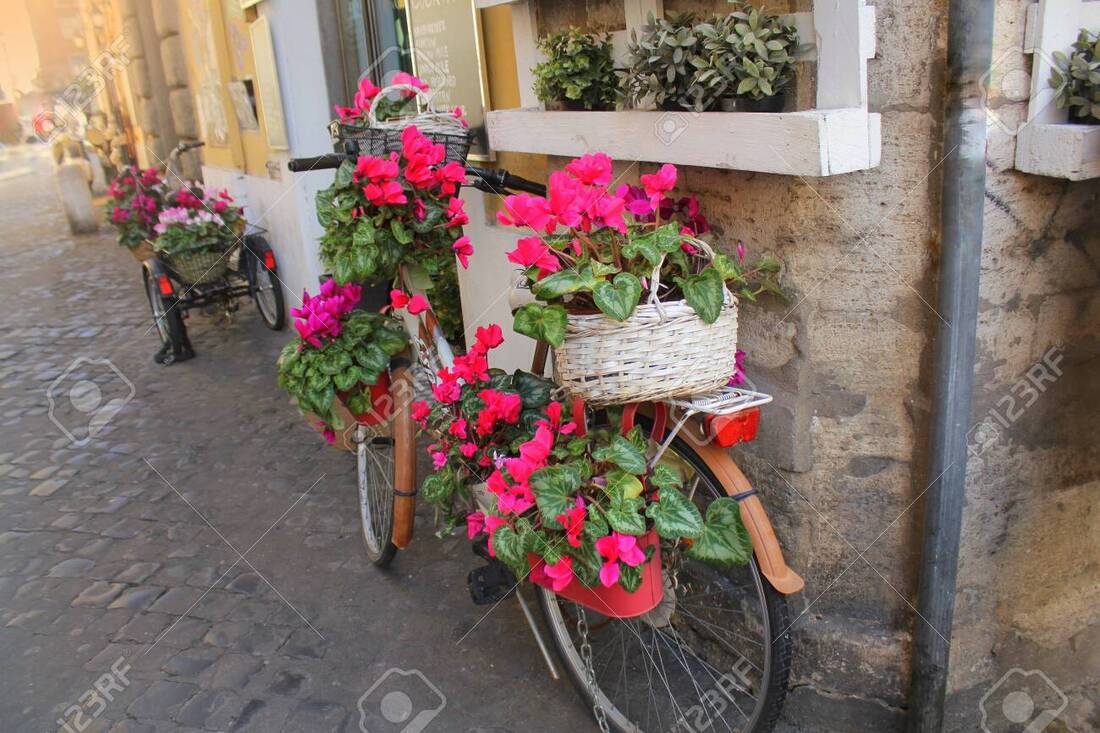
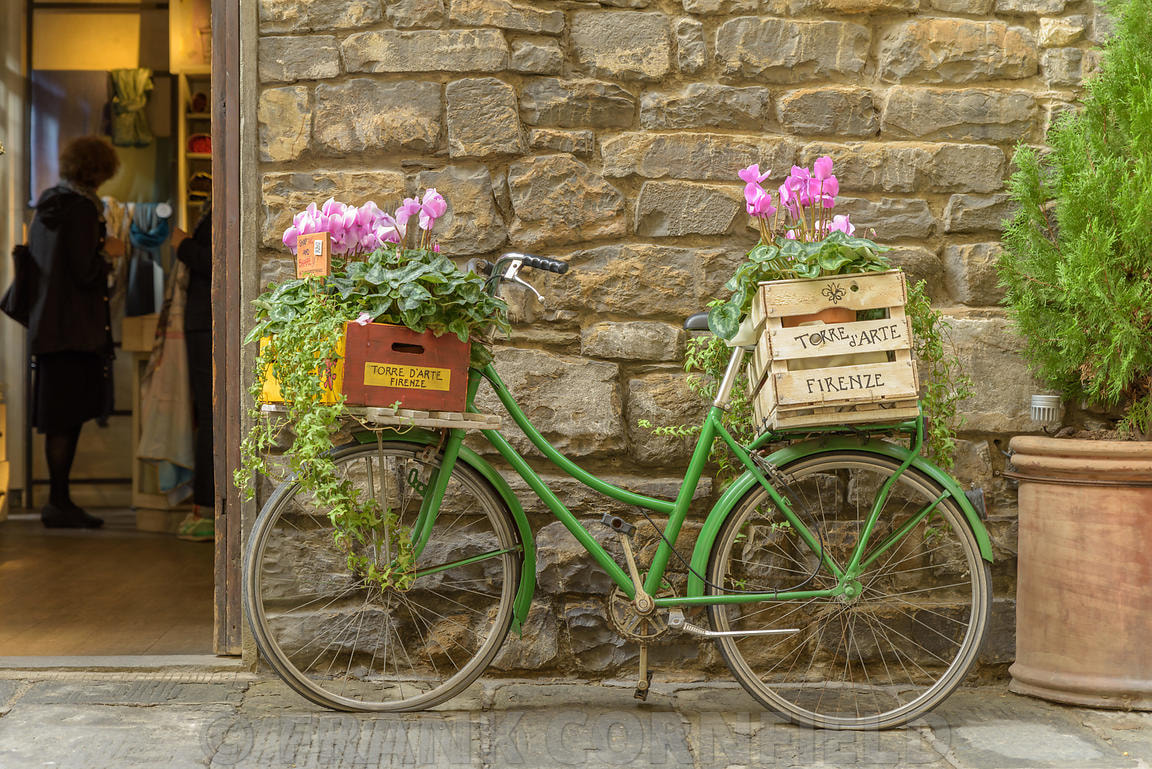
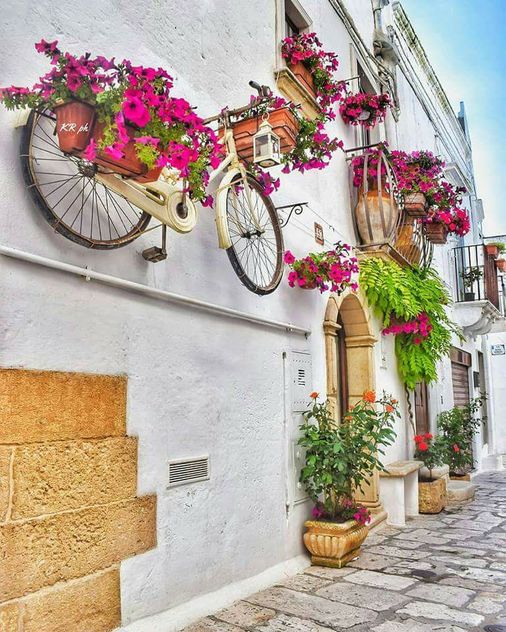

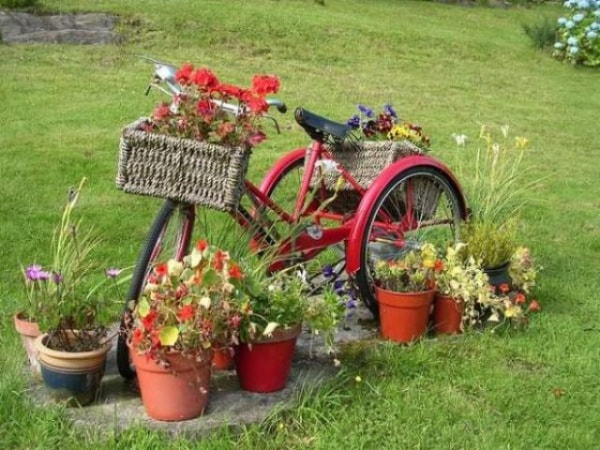
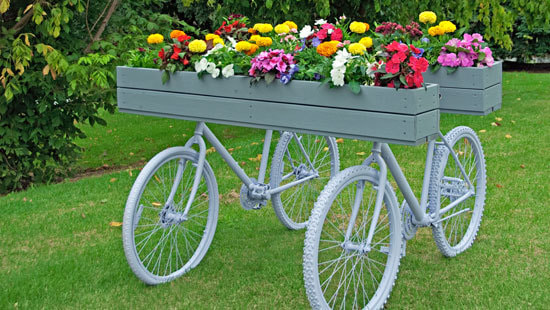
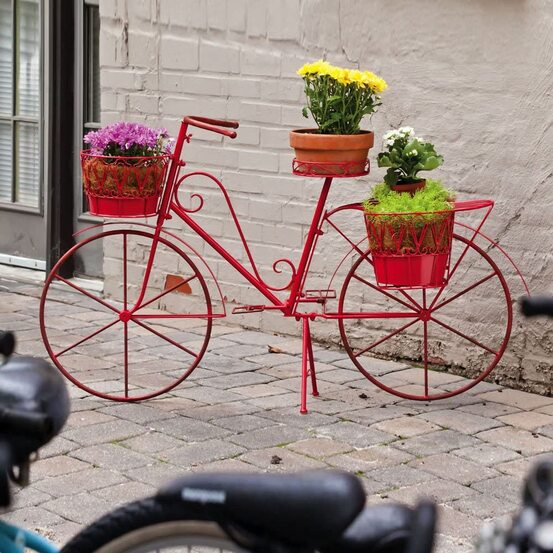


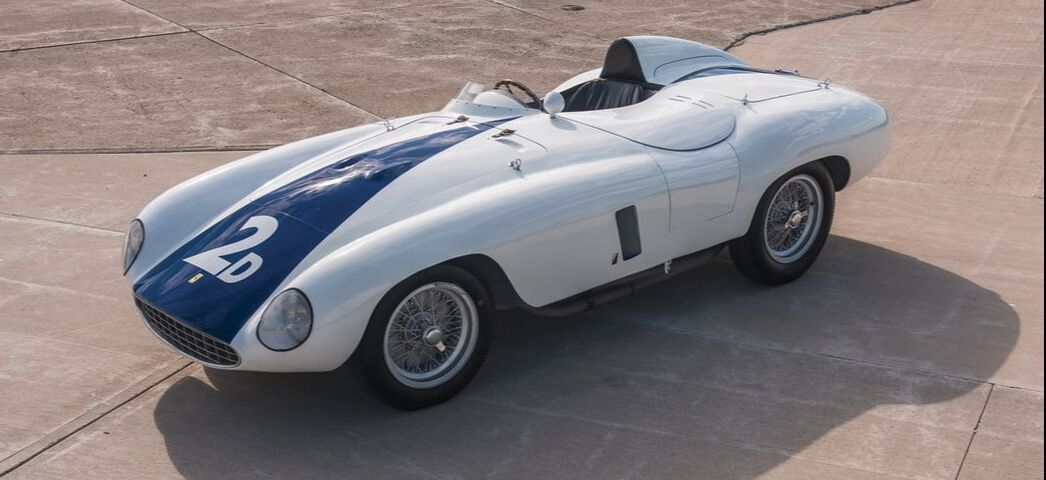



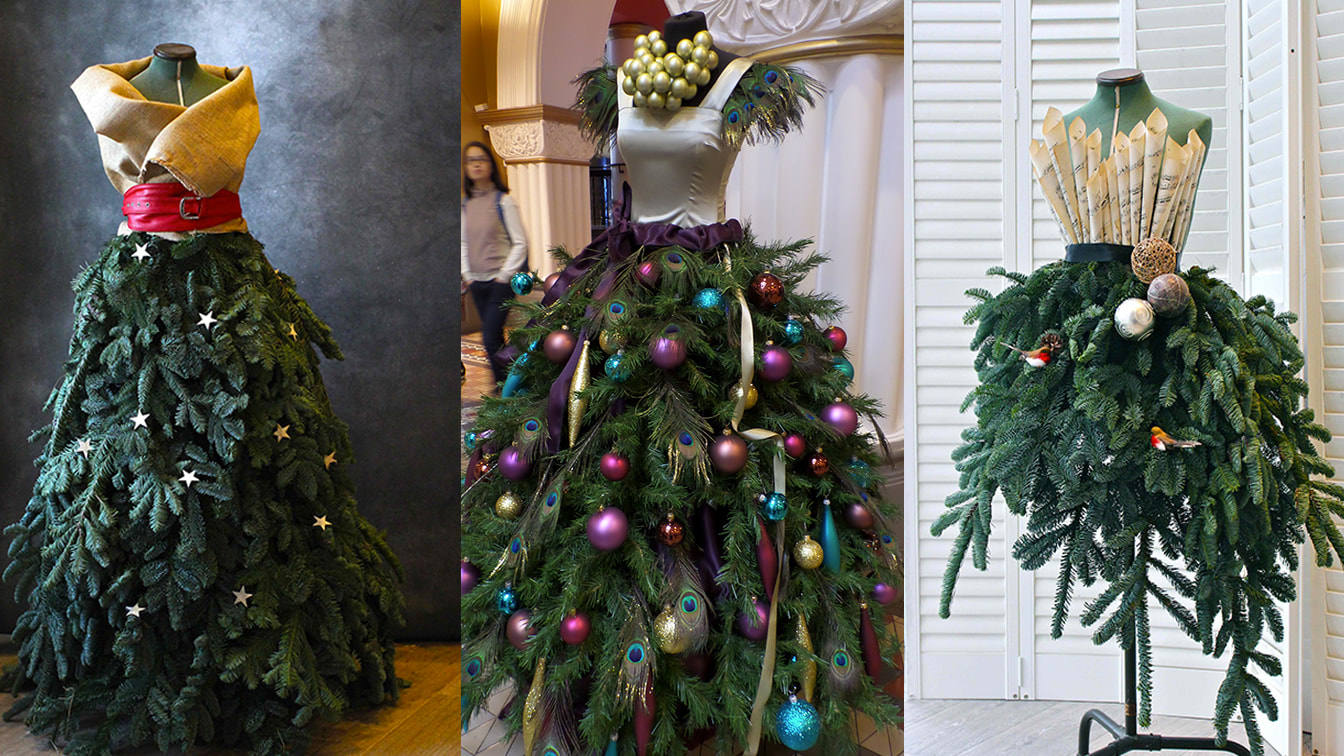
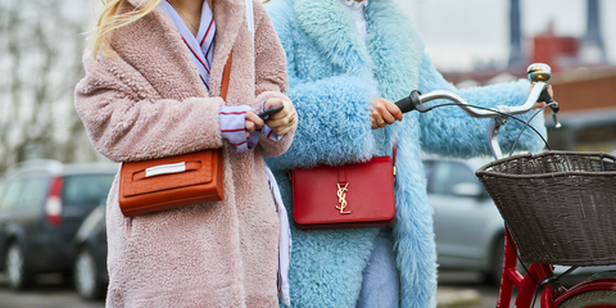
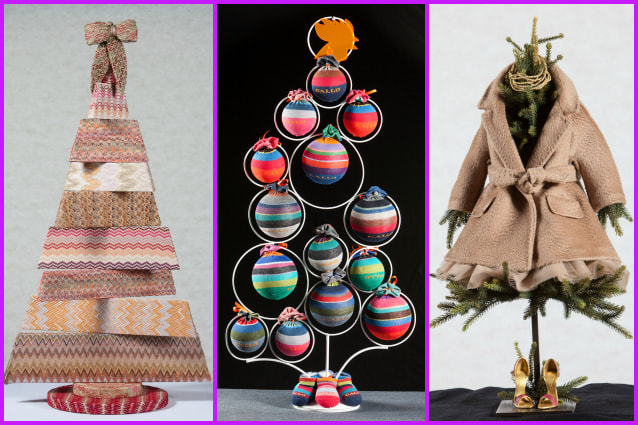
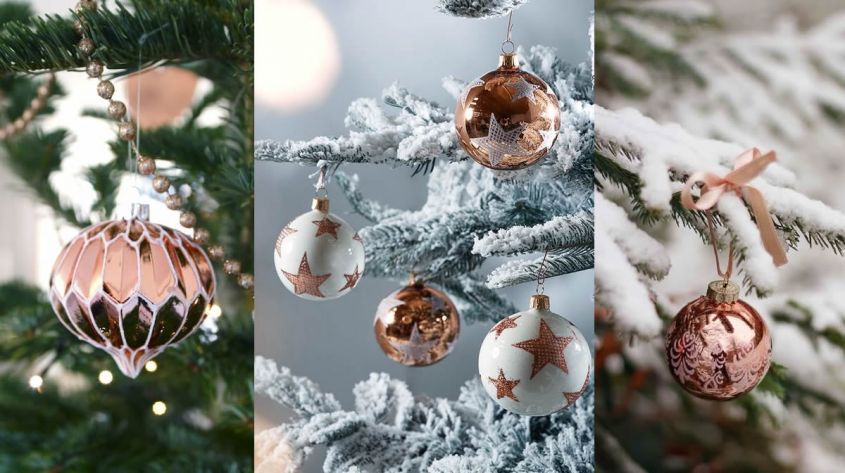
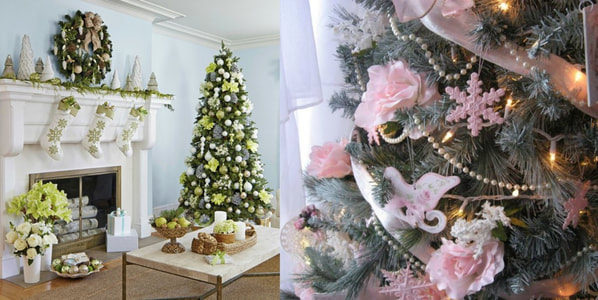
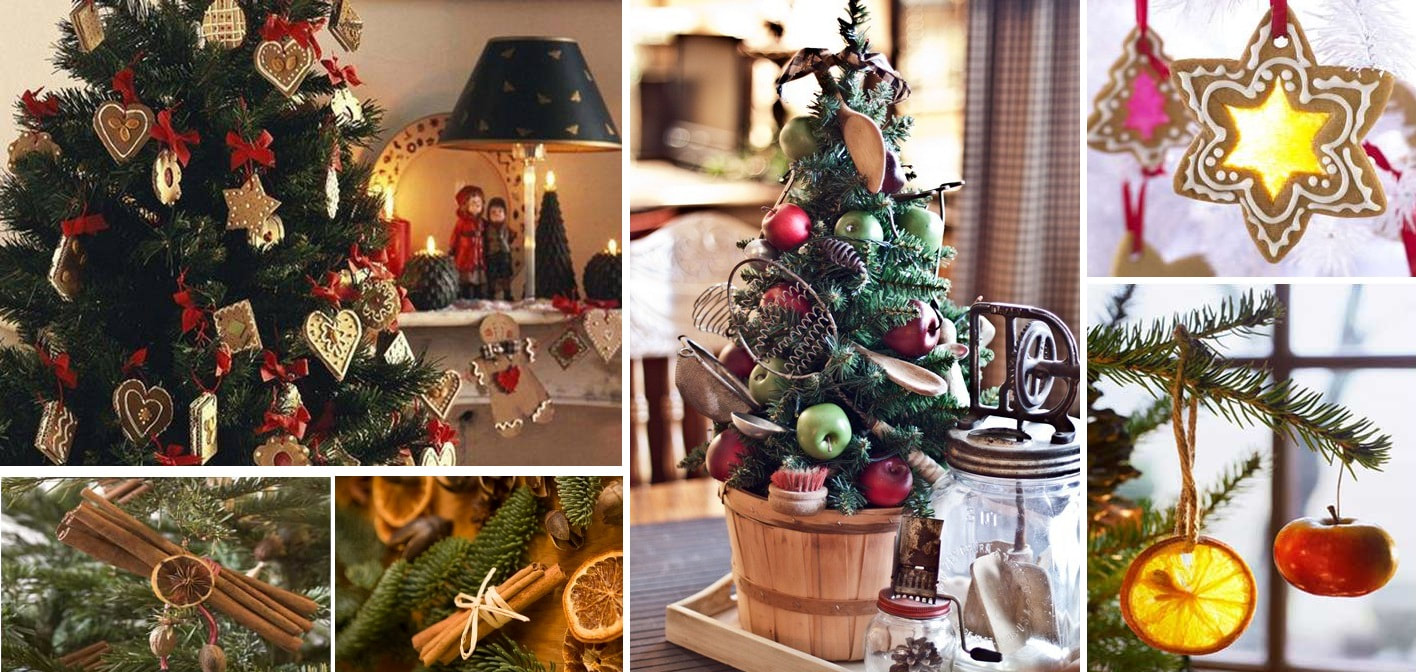
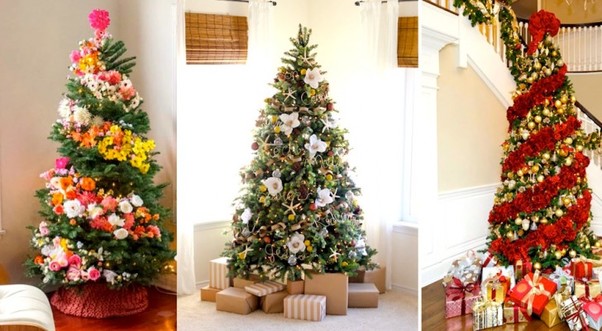
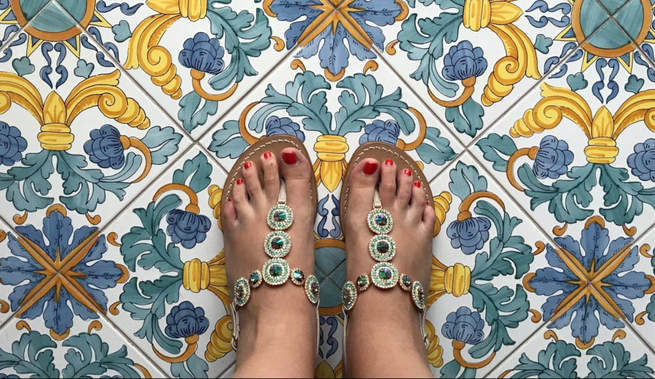
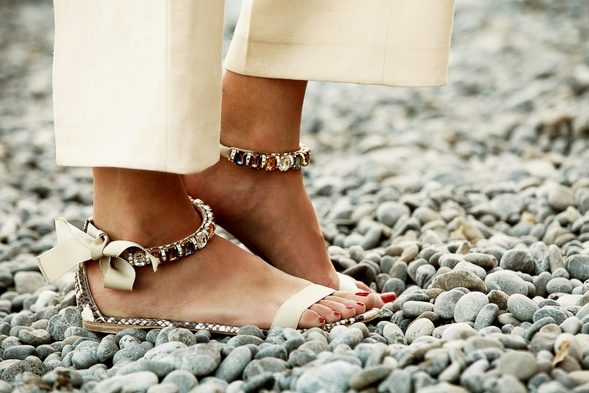

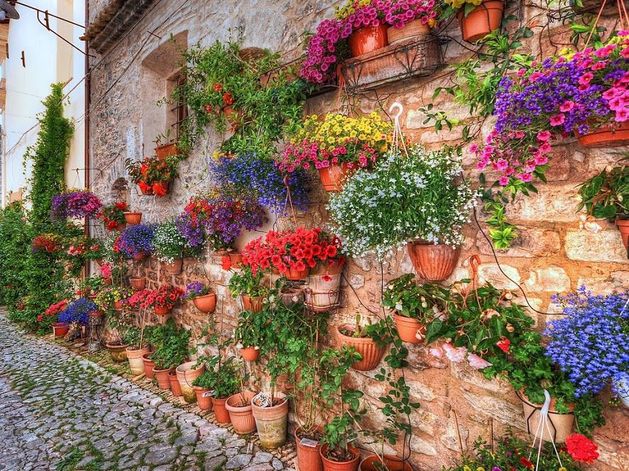
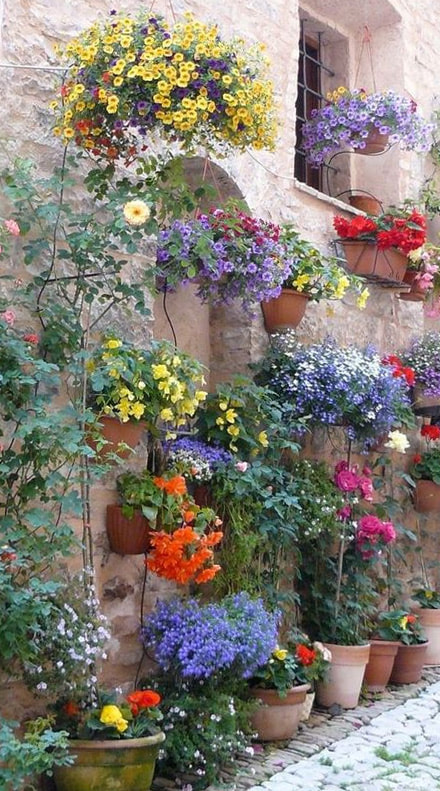
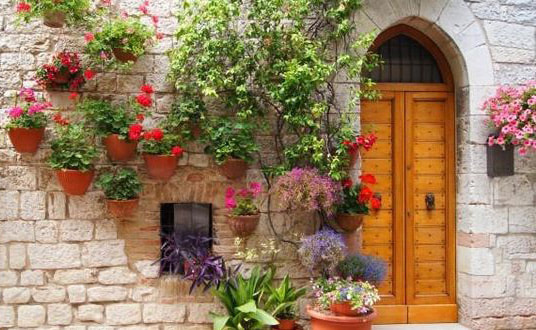
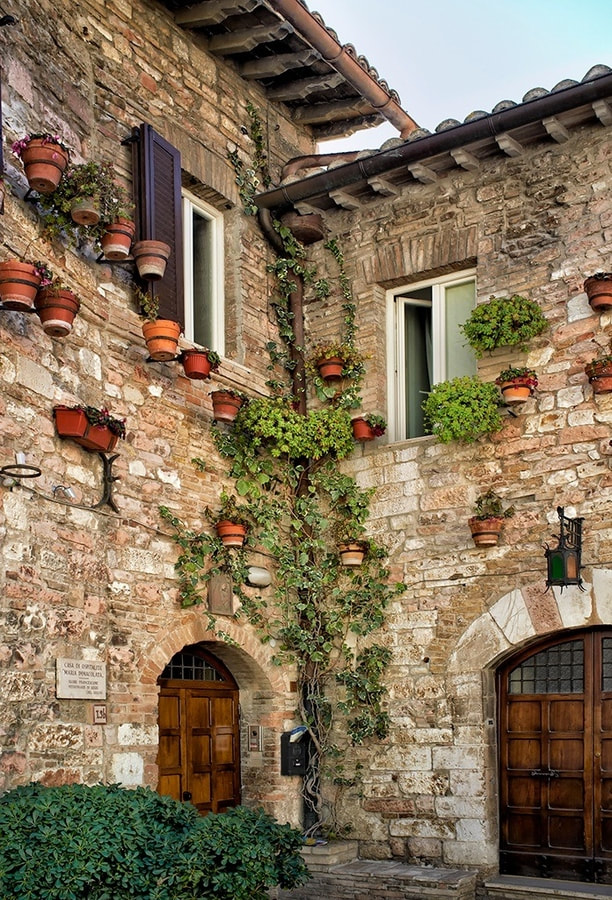


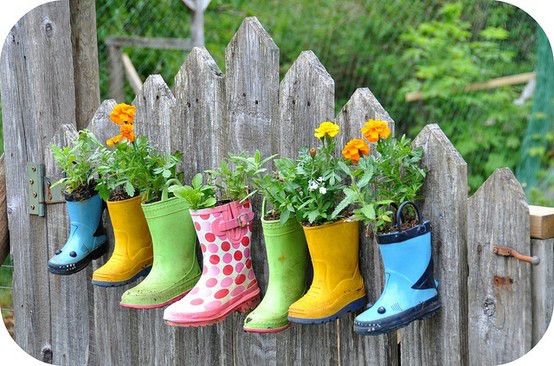
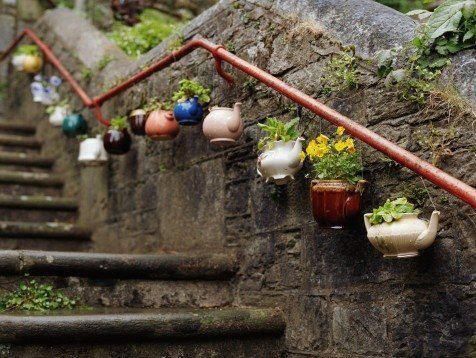
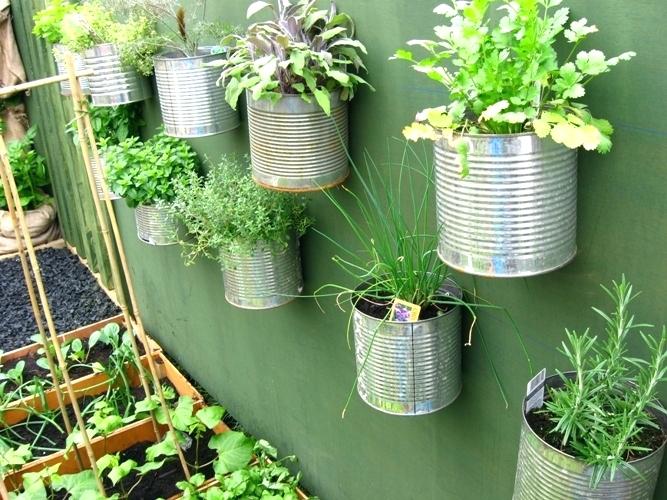
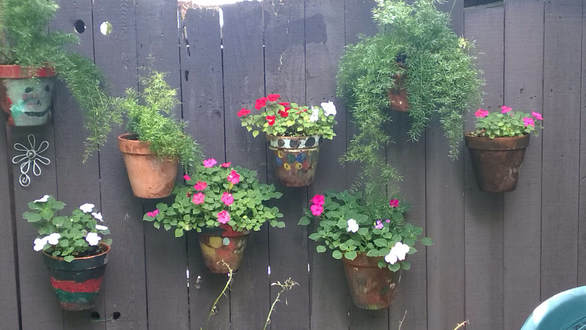
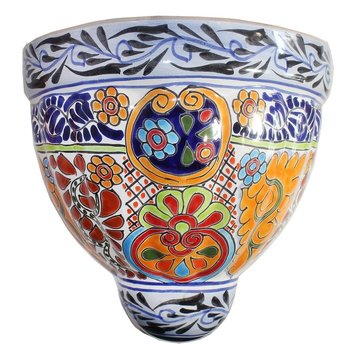
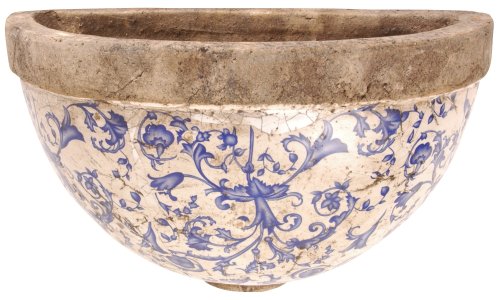
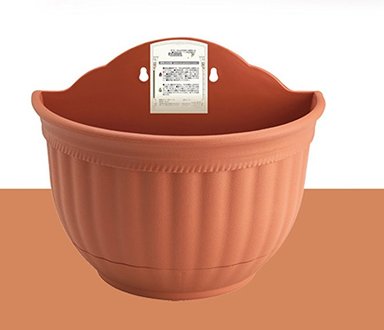
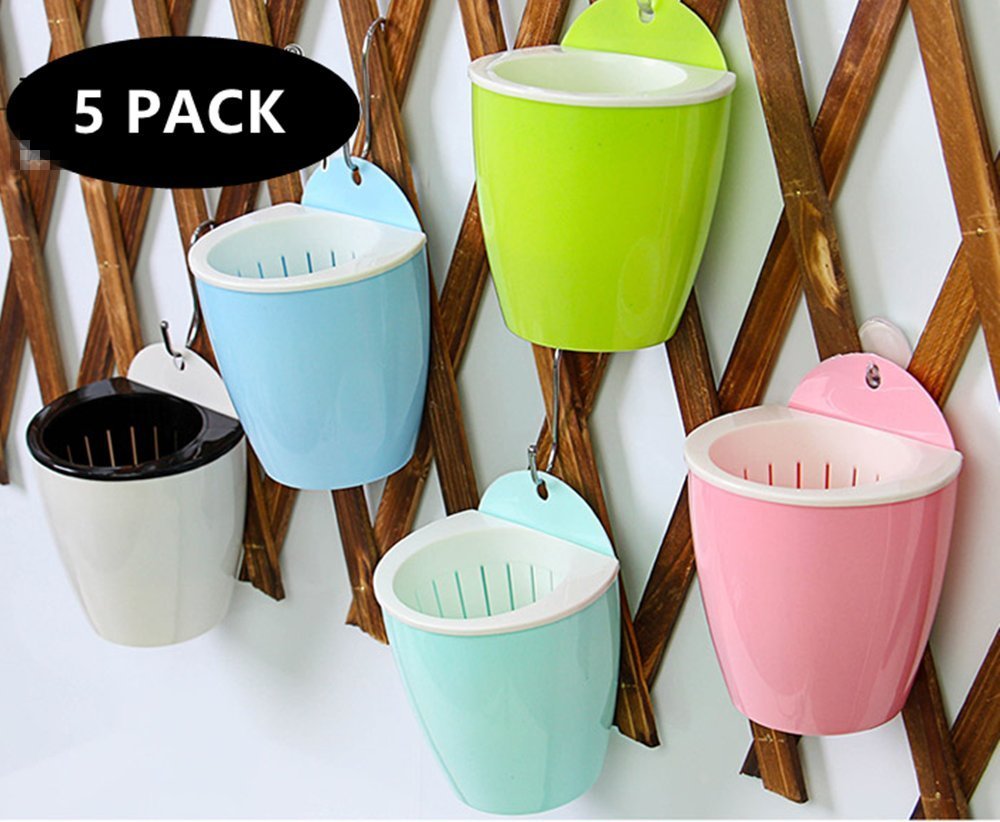
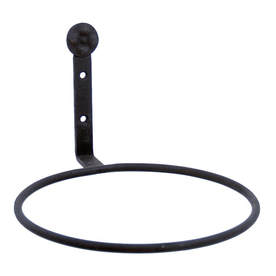
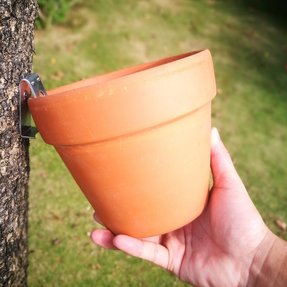



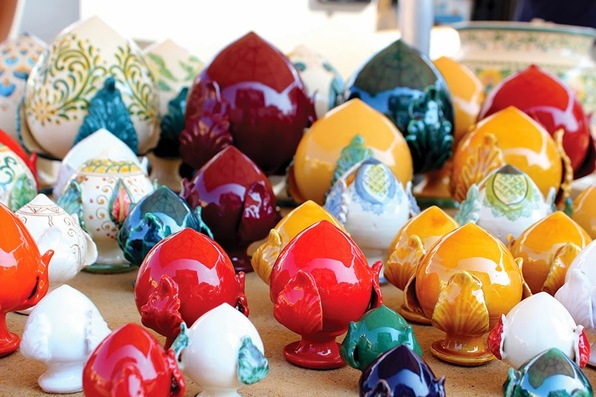
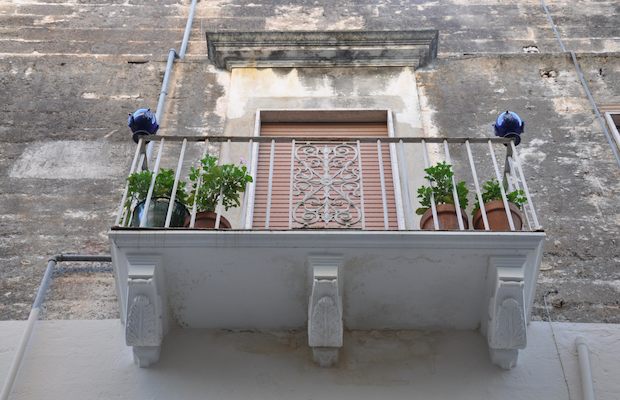
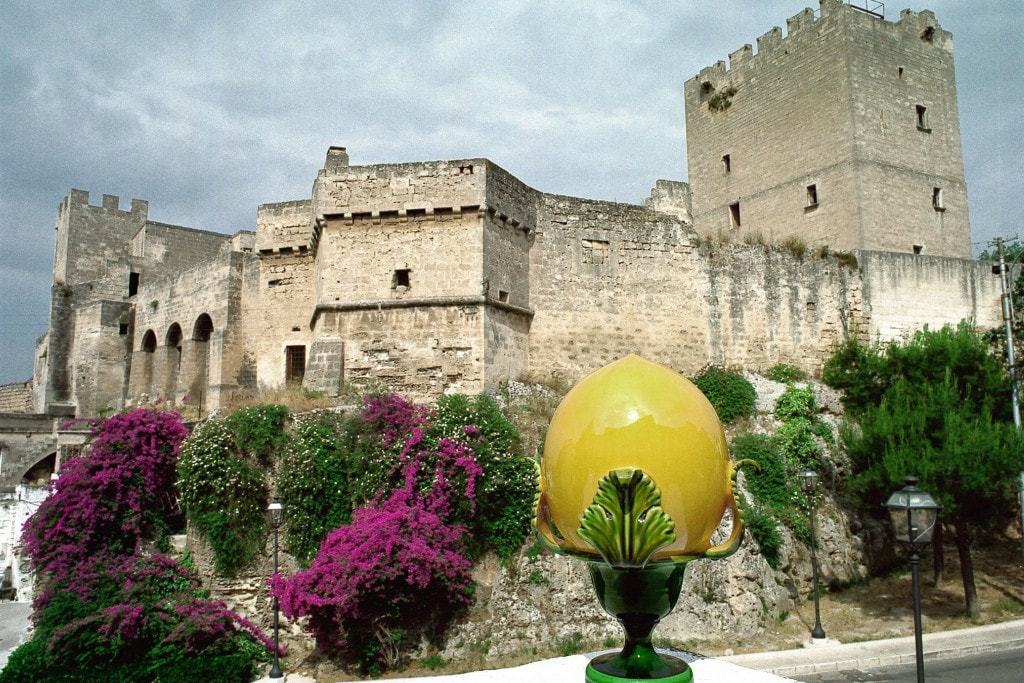
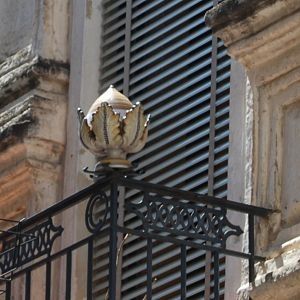

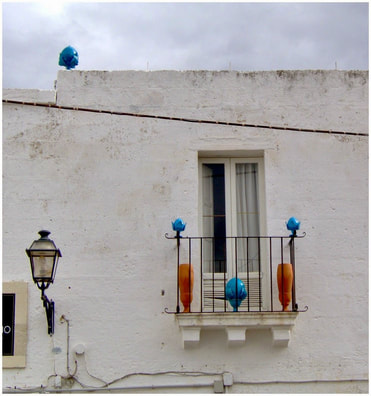
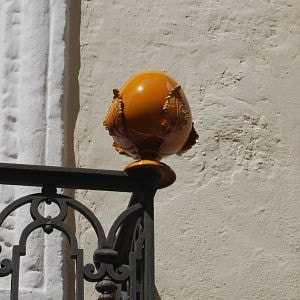
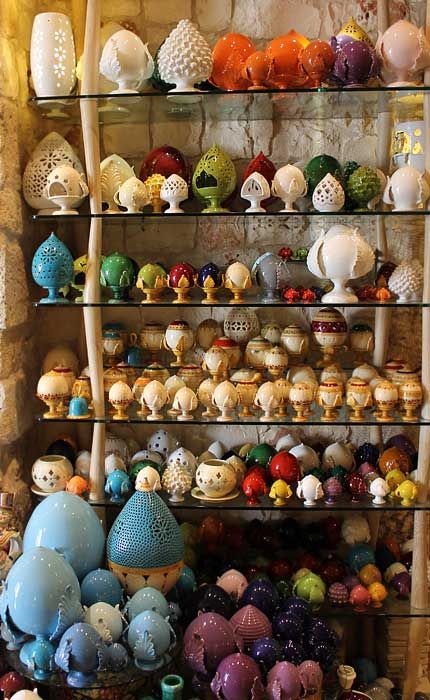
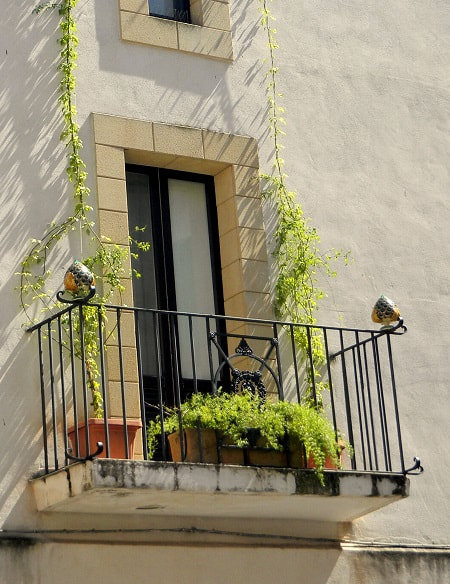
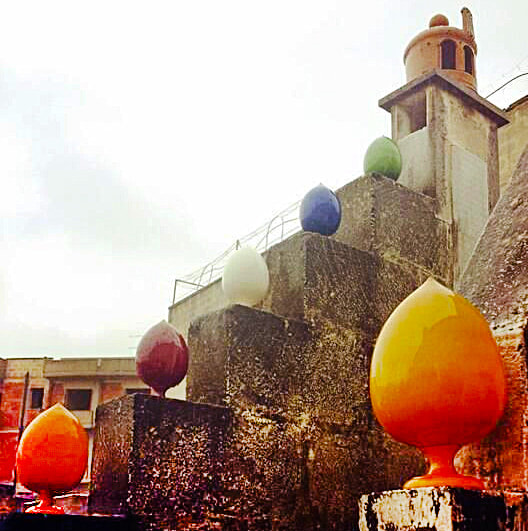



 RSS Feed
RSS Feed
